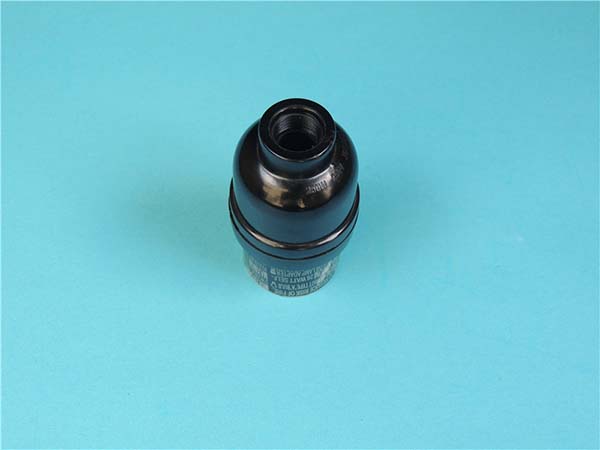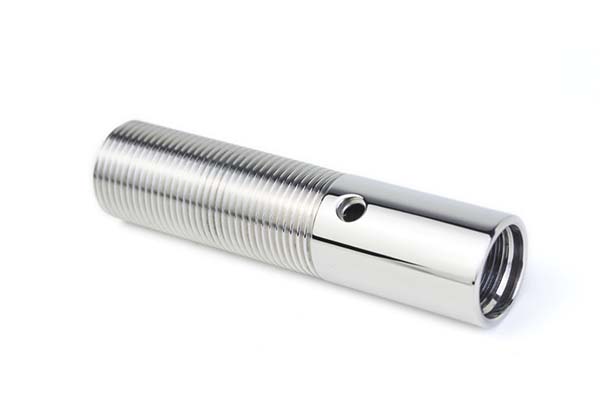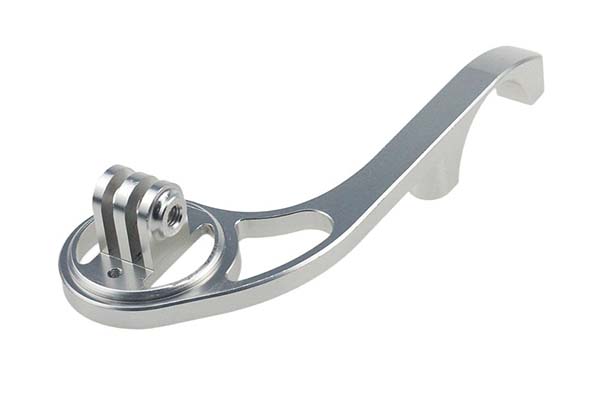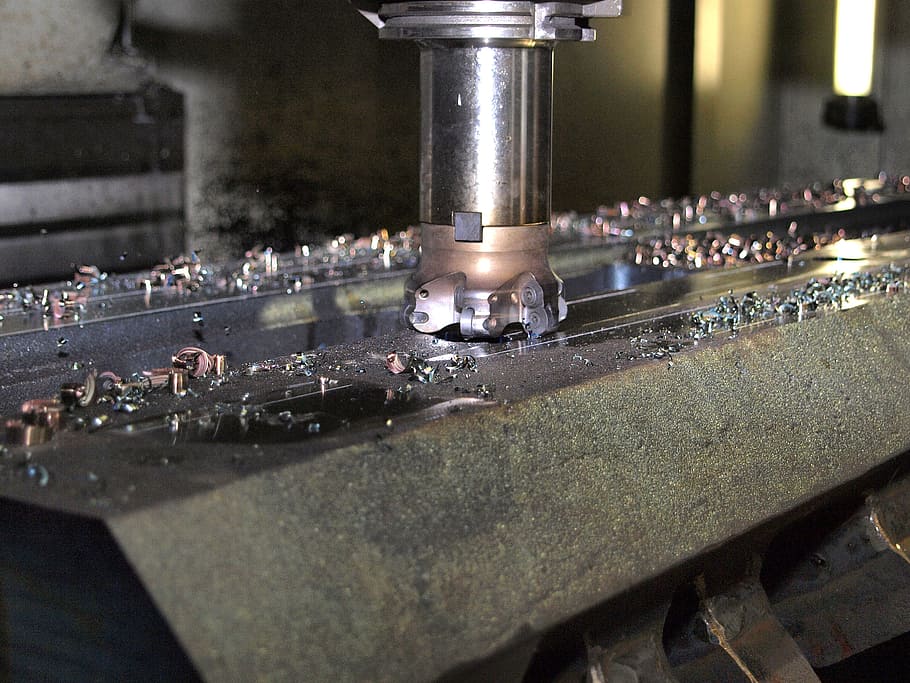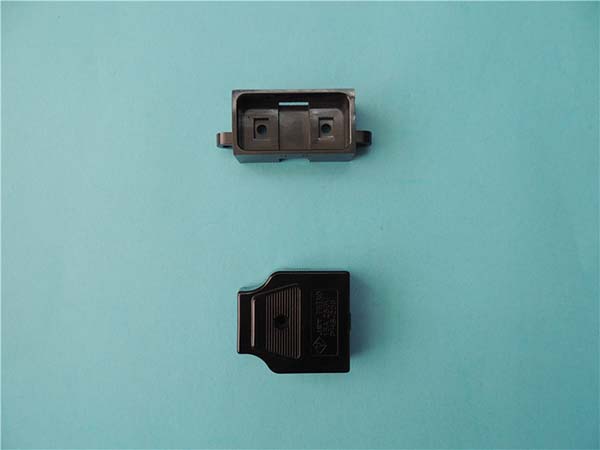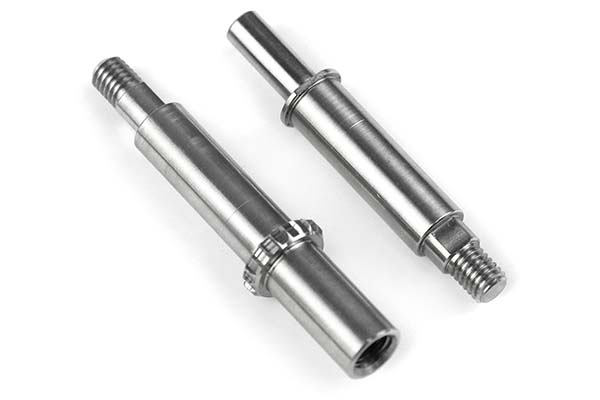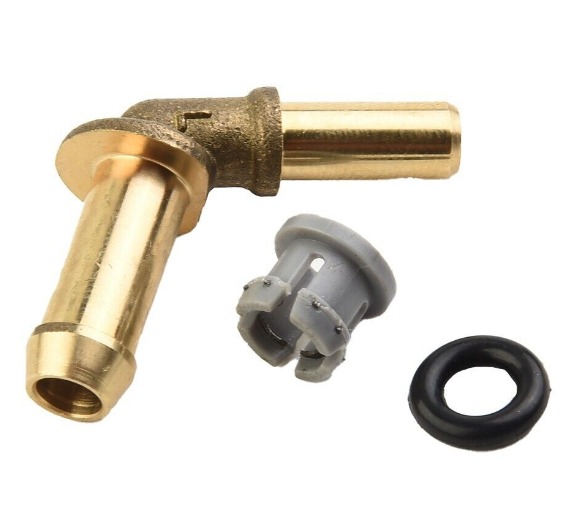CNC machining of Polyvinyl Chloride (PVC) comes with its own set of challenges that manufacturers often encounter. Its relatively low melting point (around 100-260°C depending on the type) makes it prone to heat-induced deformation, especially during high-speed machining operations. Additionally, PVC produces fine dust when cut, which not only poses health risks but can also clog machinery if not properly managed. Achieving consistent surface finish and tight machining tolerances can be tricky due to PVC’s tendency to chip or crack under improper tool pressure. This guide addresses these pain points, offering expert strategies to master CNC machining of PVC.
CNC Machining Basics
CNC machining definition refers to the automated process of shaping materials using computer-controlled machines, which is highly effective for processing PVC. Types of CNC machines commonly used for PVC include CNC routers, mills, and lathes, each suited for different operations like cutting, shaping, and finishing.
The CNC machining process for PVC involves several steps: designing the part using CAD/CAM software, generating toolpaths, setting up the machine, and executing the machining operations. CNC programming translates the design into code that guides the machine’s movements, ensuring precision and consistency. Machine tool setup for PVC includes securing the material with appropriate fixtures (like vacuum tables) to prevent movement during machining. Machining tolerances for PVC typically range from ±0.05 mm for general applications to ±0.02 mm for high-precision parts, which is achievable with proper setup and tool selection.
PVC Material Properties
Understanding PVC material properties is crucial for successful machining, as they influence tool selection and process parameters:
- PVC composition is primarily vinyl chloride monomers, with additives like plasticizers (for flexible PVC) or stabilizers (to resist heat and UV damage) affecting its machining behavior. Rigid PVC (without plasticizers) is more commonly machined than flexible PVC.
- PVC density ranges from 1.3 to 1.45 g/cm³, making it denser than many other plastics, which affects cutting forces and tool wear.
- PVC hardness varies: rigid PVC has a Shore D hardness of 70-90, providing good structural integrity, while flexible PVC is softer (Shore A 60-90) and more prone to deflection during machining.
- PVC thermal properties include a low melting point, so it’s sensitive to heat buildup—excessive friction can cause melting and gumming of tools.
- PVC mechanical properties include tensile strength of 40-55 MPa (rigid PVC) and good impact resistance, though it can be brittle at low temperatures.
- PVC chemical resistance is excellent against water, acids, and alkalis, making it suitable for plumbing and chemical handling applications, but it’s susceptible to some solvents like ketones.
- PVC surface finish is naturally smooth, which can be enhanced with proper machining to achieve a glossy or matte appearance as needed.
CNC Machining Processes for PVC
CNC machining of PVC requires specific processes tailored to its properties:
- Milling PVC: Uses rotating end mills to create complex shapes. A spindle speed of 10,000-18,000 RPM and feed rate of 100-300 mm/min works well, with climb milling reducing chipping.
- Turning PVC: Suitable for cylindrical parts, using sharp tools to avoid tearing. A depth of cut of 1-3 mm for roughing and 0.1-0.5 mm for finishing ensures smooth surfaces.
- Drilling PVC: Requires sharp drill bits with a 118° point angle to prevent cracking. Peck drilling (intermittent retraction) helps clear chips and reduce heat.
- Cutting PVC: CNC routers are ideal for cutting sheets into shapes, with spiral blades minimizing edge chipping. Cutting speed of 300-500 mm/min is recommended for clean edges.
- Engraving PVC: Achievable with small-diameter end mills or laser attachments, producing precise designs for PVC signage and decorative items.
- Routing PVC: Used for creating edges or grooves, with a focus on chip evacuation to prevent clogging and heat buildup.
- Finishing PVC surfaces: Sanding with fine-grit sandpaper (400-600 grit) removes tool marks, and polishing can enhance glossiness for aesthetic applications.
Tools and Equipment for PVC Machining
Selecting the right tools and equipment for PVC machining is essential to achieve quality results and minimize waste:
- CNC routers for PVC are the most common machines, as they handle sheet materials efficiently. They often come with high-speed spindles (15,000+ RPM) suitable for PVC’s low melting point.
- End mills for PVC should be sharp, with 2 or 3 flutes to allow efficient chip evacuation. Carbide end mills are preferred over HSS for longer tool life, especially for high-volume production.
- Drill bits for PVC with polished flutes reduce friction and heat, preventing melting. Brad-point bits are ideal for minimizing splintering at the drill entry point.
- Cutting tools for PVC should have a high rake angle (10-15°) to reduce cutting forces and heat generation, which helps maintain PVC surface finish.
- Vacuum tables for PVC provide uniform clamping pressure across the material’s surface, preventing movement without damaging the edges—critical for large sheets used in PVC signage or architectural elements.
- Dust collection systems are essential when machining PVC, as the fine dust can be harmful if inhaled and can damage machine components. High-efficiency systems with HEPA filters are recommended.
- Tool holders for PVC machining should be rigid to minimize tool deflection, ensuring precise cuts and reducing the risk of chipping.
Applications of CNC Machined PVC
CNC machined PVC parts are widely used across various industries due to their durability, chemical resistance, and cost-effectiveness:
- PVC signage: CNC routing and engraving create precise letters, logos, and designs for indoor and outdoor signs, leveraging PVC’s weather resistance.
- PVC furniture: Components like table edges, chair frames, and decorative trim benefit from PVC’s durability and ease of finishing.
- PVC architectural elements: Wall panels, moldings, and window frames use CNC machined PVC for its aesthetic appeal and resistance to moisture.
- PVC decorative items: Engraved plaques, 3D sculptures, and custom ornaments showcase PVC’s versatility in artistic applications.
- PVC industrial parts: Guides, spacers, and protective covers rely on PVC’s chemical resistance and structural stability.
- PVC plumbing components: Fittings, valves, and pipe connectors are CNC machined for precise dimensions, ensuring leak-free connections.
- PVC automotive parts: Interior trim, cable insulation, and protective covers use PVC’s durability and cost-effectiveness.
Quality Control in PVC Machining
Maintaining quality in CNC machined PVC parts requires systematic checks and processes:
- Inspection techniques for PVC include visual checks for surface defects (like cracks or chips) and dimensional measurements using calipers, micrometers, or CMMs (Coordinate Measuring Machines).
- Dimensional accuracy in PVC machining is verified against CAD models, ensuring parts meet design specifications. This is especially important for PVC plumbing components where proper fit is critical.
- Surface quality assessment involves checking for smoothness, gloss, and uniformity. Techniques like profilometers measure surface roughness (typically aiming for Ra 0.8-1.6 μm for PVC).
- Tolerance verification ensures parts adhere to specified machining tolerances, with statistical process control (SPC) tracking variations over production runs to identify trends.
- Quality standards for PVC machining include compliance with industry-specific regulations, such as ASTM D1784 (for PVC materials) and ISO 9001 for quality management systems.
- Defect detection in PVC parts is aided by quality control software that analyzes inspection data, flagging parts with excessive deviations or surface flaws.
- Regular maintenance of machining equipment (like calibrating routers and checking tool sharpness) is part of quality control, preventing defects caused by machine inaccuracies.
Yigu Technology's Perspective
Yigu Technology specializes in CNC machining PVC, leveraging our expertise to address the material’s unique challenges. We use sharp carbide tools and optimized cutting parameters to prevent heat-induced defects, ensuring clean edges and smooth surfaces. Our dust collection systems maintain a safe working environment and protect machinery, while vacuum tables secure PVC sheets for precise routing and cutting. We implement rigorous quality control in PVC machining, including dimensional checks and surface assessments, to meet the strict standards required for applications like PVC plumbing components and architectural elements. Whether producing custom signage or industrial parts, we tailor our processes to maximize PVC’s strengths, delivering high-quality, cost-effective solutions to our clients.
FAQ
- What causes PVC to melt during machining, and how to prevent it?
Melting occurs due to excessive heat from high friction, often caused by dull tools or high cutting speeds. Prevention involves using sharp tools, maintaining moderate spindle speed (10,000-15,000 RPM), and ensuring efficient chip evacuation with compressed air or coolants.
- Is flexible PVC as easy to machine as rigid PVC?
No, flexible PVC is softer and more prone to deflection and tearing during machining. It requires slower feed rates, sharper tools, and firmer clamping (like vacuum tables) to achieve clean cuts, making it less straightforward than rigid PVC machining.
- How to achieve a high-gloss surface finish on CNC machined PVC?
A high-gloss finish is achieved by using sharp carbide tools with polished flutes, low feed rates to minimize tool marks, and post-machining polishing with a buffing wheel and plastic polish. Ensuring consistent cutting parameters also prevents heat-induced haze.
